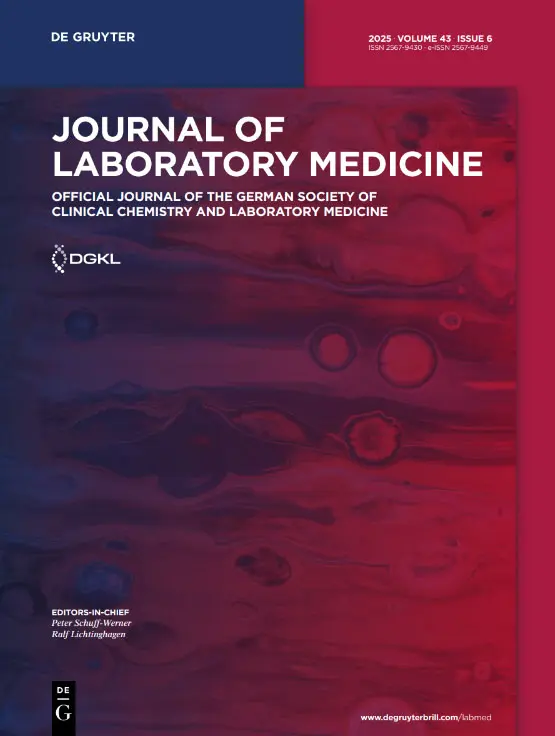Resilience of Blood Analytes During Repeated Drone Transport: A Preanalytical Validation Study

Uncrewed aerial vehicles (UAVs), commonly known as drones, are gaining momentum as innovative tools in medical logistics, especially for improving access in remote or underserved regions. While their utility for single-trip sample transport has been established, the potential cumulative effects of repeated aerial transport on blood sample integrity and diagnostic parameters remain insufficiently explored. This study evaluates whether multiple drone flight cycles influence analyte stability across common blood matrices.

Methods
Serum, EDTA plasma, lithium-heparin plasma, and citrate plasma samples were transported via a rotor-based hybrid drone over ten consecutive 30-minute flight cycles. Across all samples, 35 routine laboratory analytes were quantified both before and after transport using standard clinical chemistry, hematology, and coagulation assays. In-flight conditions such as temperature and vibration were continuously monitored with high-resolution data loggers and accelerometers. Statistical analyses included paired t-tests to assess significance, Passing-Bablok regression for systematic bias detection, and Bland-Altman plots to visualize variability trends.
Results
The majority of analytes remained analytically stable throughout the repeated transport. For instance, bilirubin levels showed a negligible mean bias of +0.1%, while alkaline phosphatase exhibited a minimal decrease of −0.7%. Potassium demonstrated slightly increased variability with a Passing-Bablok slope of 1.07 and a Bland-Altman mean bias of +2.5%. Thrombocyte counts rose by an average of +3.2%. Coagulation markers showed more pronounced changes: Quick values increased from 91.05% to 107.12% (mean bias: +15.0%; slope: 1.177), while INR values decreased modestly from 0.94 to 0.90 (mean bias: −4.3%; slope: 0.957). The aPTT showed the most significant shift, increasing from 20.32 to 24.78 seconds (slope: 1.220; mean bias: +18.0%). All remaining analytes remained within clinically acceptable deviation limits.
Conclusion
Repeated drone transport does not significantly compromise the integrity of most blood analytes, supporting its use in extended or multi-leg medical logistics operations. Nonetheless, the observed variability in potassium, thrombocyte counts, and coagulation-related parameters (Quick, INR, aPTT) highlights the importance of analyte-specific preanalytical validation. These findings emphasize the potential of drone-based transport as a robust and scalable solution for modern healthcare systems, provided quality assurance protocols are adapted to account for sensitive diagnostic markers.
Original Paper
Noel Stierlin1; Martin Risch2; Lorenz Risch2
1Dr Risch / Private Universität im Fürstentum Liechtenstein, Klinische Chemie & medizinische Wissenschaften, Buchs , Switzerland; 2Dr Risch / Private Universität im Fürstentum Liechtenstein, medizinische wissenschaften, Triesen, Liechtenstein




